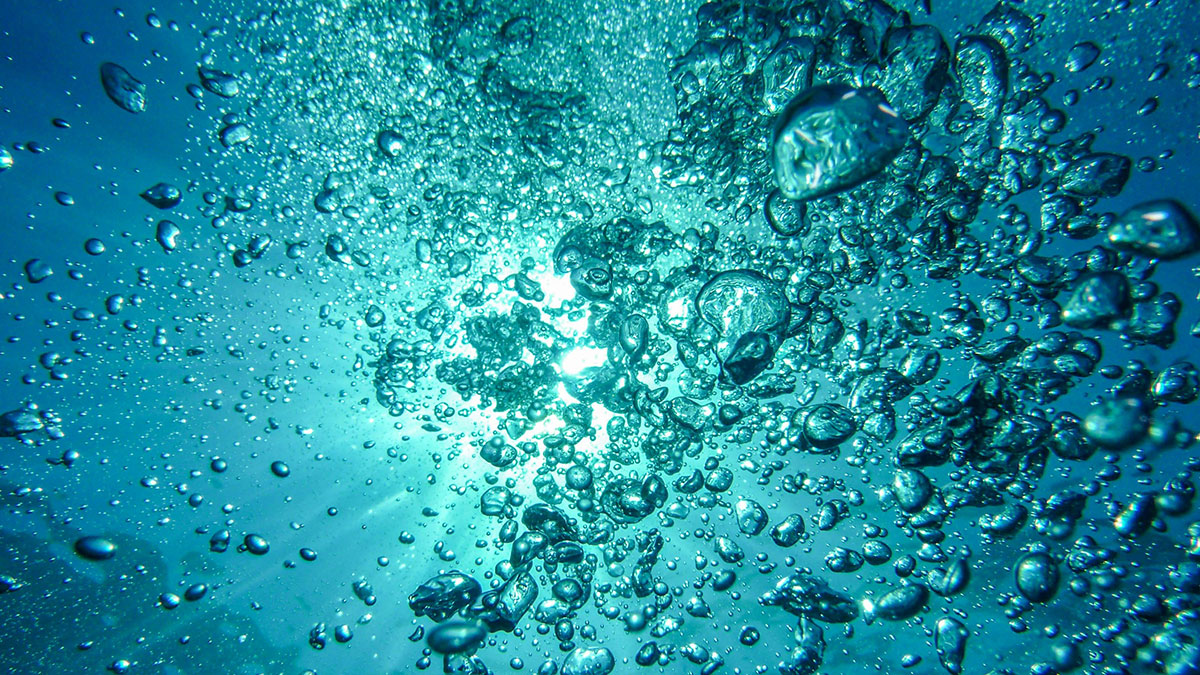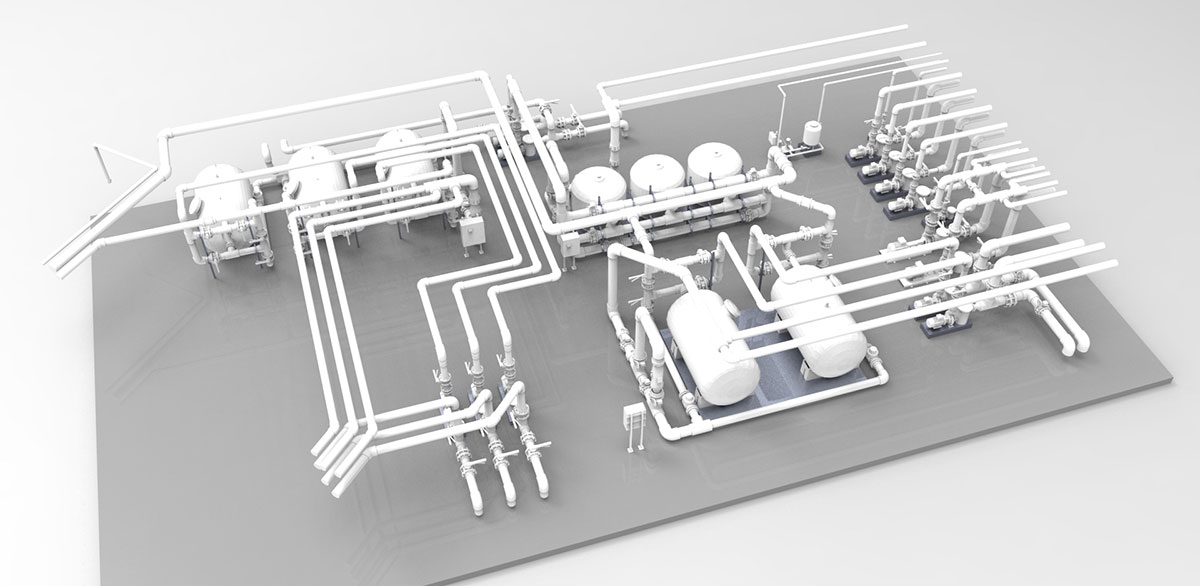There are more than 9,000 types of perfluoroalkyl and polyfluoroalkyl substances (PFAS), in other words, so-called “forever chemicals”. Due to their resistance to dirt, water, grease, etc., PFASs are used in the production of lubricants, food packaging, non-stick coatings, fire extinguishing foams, textiles, cosmetics and many other products. They are chemicals produced by our species, absent in nature, which do not degrade and therefore accumulate in plants, animals, water sources and the environment in general. By now, they are found virtually everywhere in the world, including in rainwater and arctic ice.
More directly affecting us, however, PFASs have also found their way into our tap water at home and are therefore also found in our bodies. Of the thousands of existing types, only the presence of 20 of them in drinking water is regulated worldwide (2024). Several studies link PFASs to cancer and other diseases. At present, only membrane purification is able to remove them from water, although most water treatment plants do not use this method. A complete ban on these eternal substances is under discussion in Europe, but no conclusion has yet been reached.
Now, researcher William P. Fagan and researchers Shannon R. Thayer and Linda K. Weavers, from the Department of Civil, Environmental and Geodetic Engineering at Ohio State University, USA, have found a possible solution for the elimination of PFASs. Their experiment, published in the Journal of Physical Chemistry A, showed that ultrasound at low frequencies degrades different chain lengths of fluorotelomer sulphonate, one type of PFAS. Until now, the possibility of using oxidising elements for the removal of these eternal chemicals had been investigated, but scientists at Ohio State University have shown that this can be done without the use of any additives and, consequently, as a sustainable solution.

Low-frequency ultrasound compresses and stretches the liquid solution and generates vapour accumulations that burst violently in a phenomenon known as cavitation bubbles. These bubbles are like small combustion chambers, so that when they travel to areas of high pressure, they rapidly compress, collapse and release a large amount of energy, to the point of reaching temperatures of more than 9,000°C. This energy breaks down carbon-fluorocarbon bonds and causes them to collapse. This energy breaks the carbon-fluorine bonds of PFASs, degrades them and produces harmless substances as waste.
For now, the scientists behind this research point out that ultrasound technology cannot be applied on a large scale, as it requires a large amount of energy. However, they point to an interesting option: domestic ultrasonic water purification systems. “our research revolves around trying to think about how you scale to something bigger and what you need to make it work”, says researcher Linda Weavers in a statement reported by Ohio State University. She concludes: “These compounds are found everywhere, so as we learn more about them, understanding how they can degrade and break down is important for furthering the science”.
Source: Zero Water, ACCIONA I’MNOVATION, European Environment Agency, Ohio State University









